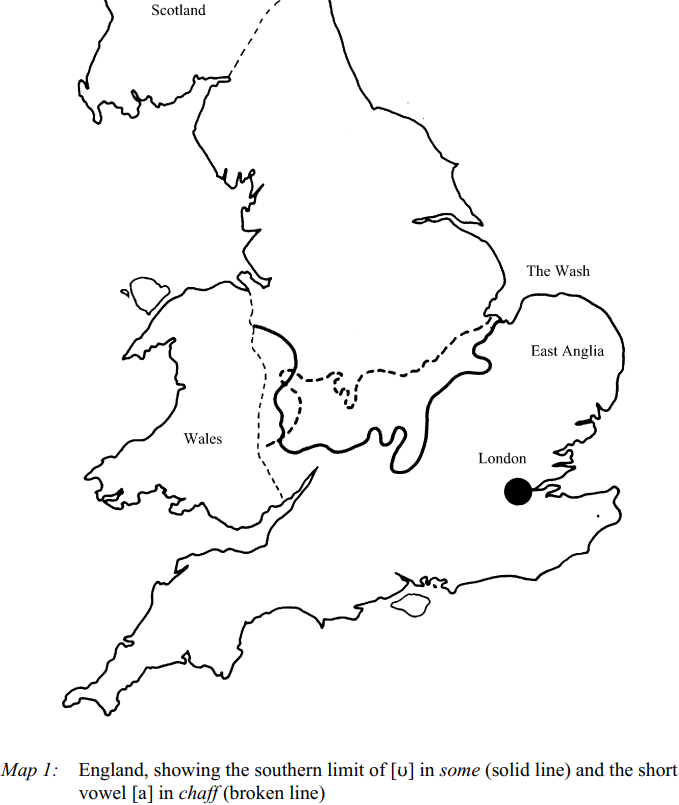

Grammar


Tenses


Present

Present Simple

Present Continuous

Present Perfect

Present Perfect Continuous


Past

Past Continuous

Past Perfect

Past Perfect Continuous

Past Simple


Future

Future Simple

Future Continuous

Future Perfect

Future Perfect Continuous

Passive and Active


Parts Of Speech


Nouns

Countable and uncountable nouns

Verbal nouns

Singular and Plural nouns

Proper nouns

Nouns gender

Nouns definition

Concrete nouns

Abstract nouns

Common nouns

Collective nouns

Definition Of Nouns


Verbs

Stative and dynamic verbs

Finite and nonfinite verbs

To be verbs

Transitive and intransitive verbs

Auxiliary verbs

Modal verbs

Regular and irregular verbs

Action verbs


Adverbs

Relative adverbs

Interrogative adverbs

Adverbs of time

Adverbs of place

Adverbs of reason

Adverbs of quantity

Adverbs of manner

Adverbs of frequency

Adverbs of affirmation


Adjectives

Quantitative adjective

Proper adjective

Possessive adjective

Numeral adjective

Interrogative adjective

Distributive adjective

Descriptive adjective

Demonstrative adjective


Pronouns

Subject pronoun

Relative pronoun

Reflexive pronoun

Reciprocal pronoun

Possessive pronoun

Personal pronoun

Interrogative pronoun

Indefinite pronoun

Emphatic pronoun

Distributive pronoun

Demonstrative pronoun


Pre Position


Preposition by function

Time preposition

Reason preposition

Possession preposition

Place preposition

Phrases preposition

Origin preposition

Measure preposition

Direction preposition

Contrast preposition

Agent preposition


Preposition by construction

Simple preposition

Phrase preposition

Double preposition

Compound preposition


Conjunctions

Subordinating conjunction

Correlative conjunction

Coordinating conjunction

Conjunctive adverbs


Interjections

Express calling interjection


Grammar Rules

Preference

Requests and offers

wishes

Be used to

Some and any

Could have done

Describing people

Giving advices

Possession

Comparative and superlative

Giving Reason

Making Suggestions

Apologizing

Forming questions

Since and for

Directions

Obligation

Adverbials

invitation

Articles

Imaginary condition

Zero conditional

First conditional

Second conditional

Third conditional

Reported speech


Linguistics

Phonetics

Phonology


Semantics


Pragmatics

Linguistics fields

Syntax

Morphology

Semantics

pragmatics

History

Writing

Grammar

Phonetics and Phonology

Semiotics


Reading Comprehension

Elementary

Intermediate

Advanced


Teaching Methods

Teaching Strategies
North and South
المؤلف:
Ulrike Altendorf and Dominic Watt
المصدر:
A Handbook Of Varieties Of English Phonology
الجزء والصفحة:
178-9
2024-03-06
1037
North and South
According to Trudgill in his The Dialects of England (1999), the major dialect boundary in England today is the line separating the North from the South. This line also has an acknowledged folk-linguistic status since it is used “informally to divide ‘southerners’ from ‘northerners’”. In linguistic terms, it consists of two major isoglosses marking the northern limit of two historical developments which are referred to by Wells (1982) as the FOOT-STRUT split and as BATH broadening. The FOOT-STRUT split is a sound change by which the Middle English short vowel u underwent a split resulting in phonemic contrast between  and [Λ] in words such as put and putt. The term BATH broadening refers to a historical process by which /a/ preceding a voiceless fricative, a nasal + /s, t/, or syllable-final /r/, was lengthened (e.g. from [baθ] to [ba:θ]) in the late 17th century, and then later retracted to [a:] (giving [ba:θ]) sometime in the 19th century. These changes mark the vowel systems of the South but are absent from the North. Local accents in the South therefore tend to have separate phonemes for the vowels in FOOT and STRUT and a long (in popular terminology “broad”) vowel /a:/ in BATH. Their northern counterparts have the same vowel –
and [Λ] in words such as put and putt. The term BATH broadening refers to a historical process by which /a/ preceding a voiceless fricative, a nasal + /s, t/, or syllable-final /r/, was lengthened (e.g. from [baθ] to [ba:θ]) in the late 17th century, and then later retracted to [a:] (giving [ba:θ]) sometime in the 19th century. These changes mark the vowel systems of the South but are absent from the North. Local accents in the South therefore tend to have separate phonemes for the vowels in FOOT and STRUT and a long (in popular terminology “broad”) vowel /a:/ in BATH. Their northern counterparts have the same vowel – – in both FOOT and STRUT, and a short front (“flat”) /a/ vowel in BATH. According to the Survey of English Dialects (SED), the FOOT-STRUT isogloss runs from the Severn estuary in the West to the Wash in the East. The BATH isogloss follows a similar path, but at its western end starts somewhat further south, crossing the FOOT-STRUT line in Herefordshire, then continuing to run north of it up to the Wash.
– in both FOOT and STRUT, and a short front (“flat”) /a/ vowel in BATH. According to the Survey of English Dialects (SED), the FOOT-STRUT isogloss runs from the Severn estuary in the West to the Wash in the East. The BATH isogloss follows a similar path, but at its western end starts somewhat further south, crossing the FOOT-STRUT line in Herefordshire, then continuing to run north of it up to the Wash.
















 قسم الشؤون الفكرية يصدر مجموعة قصصية بعنوان (قلوب بلا مأوى)
قسم الشؤون الفكرية يصدر مجموعة قصصية بعنوان (قلوب بلا مأوى) قسم الشؤون الفكرية يصدر مجموعة قصصية بعنوان (قلوب بلا مأوى)
قسم الشؤون الفكرية يصدر مجموعة قصصية بعنوان (قلوب بلا مأوى) قسم الشؤون الفكرية يصدر كتاب (سر الرضا) ضمن سلسلة (نمط الحياة)
قسم الشؤون الفكرية يصدر كتاب (سر الرضا) ضمن سلسلة (نمط الحياة)

















